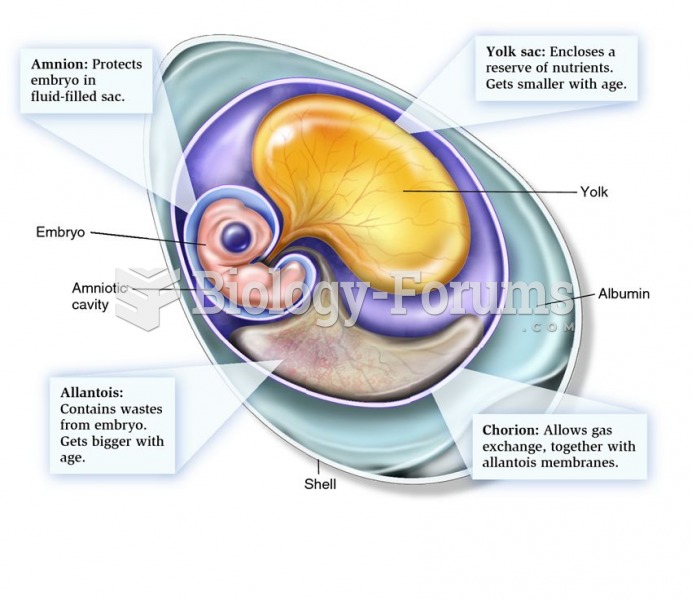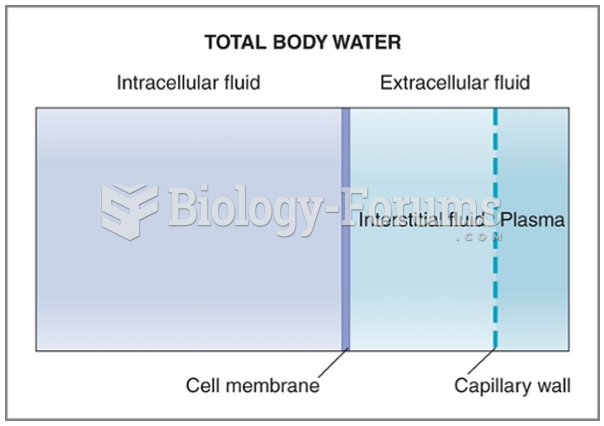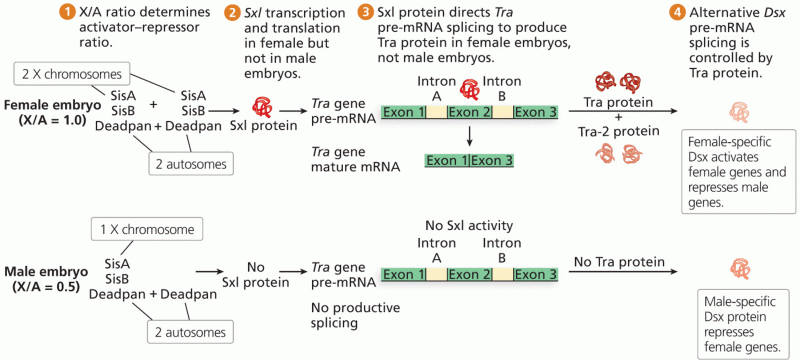|
|
|
Common abbreviations that cause medication errors include U (unit), mg (milligram), QD (every day), SC (subcutaneous), TIW (three times per week), D/C (discharge or discontinue), HS (at bedtime or "hours of sleep"), cc (cubic centimeters), and AU (each ear).
In 2006, a generic antinausea drug named ondansetron was approved. It is used to stop nausea and vomiting associated with surgery, chemotherapy, and radiation therapy.
Blood in the urine can be a sign of a kidney stone, glomerulonephritis, or other kidney problems.
More than 30% of American adults, and about 12% of children utilize health care approaches that were developed outside of conventional medicine.
Cytomegalovirus affects nearly the same amount of newborns every year as Down syndrome.







